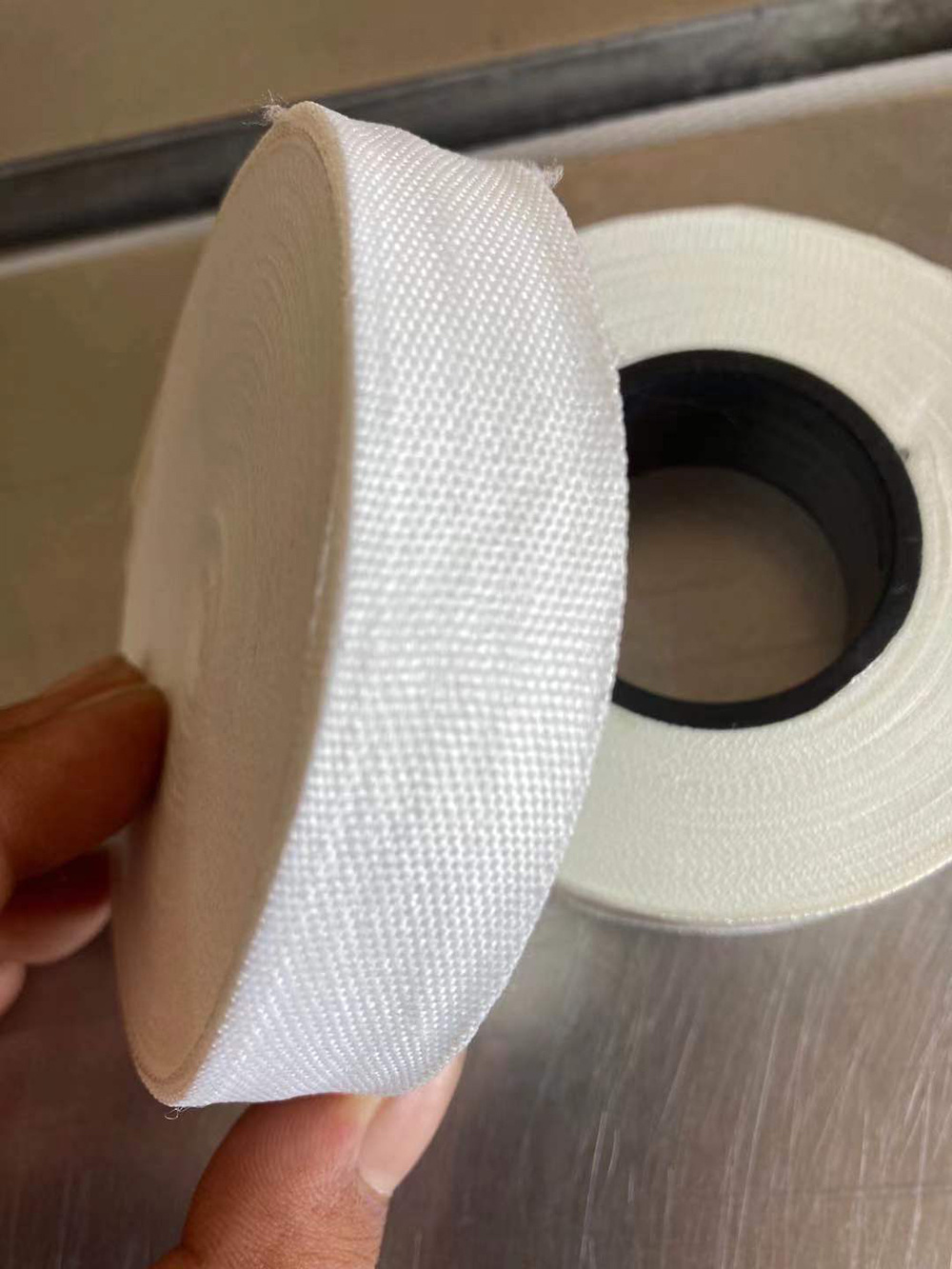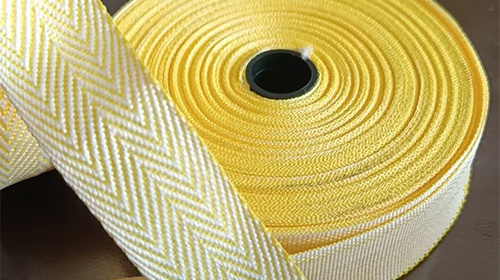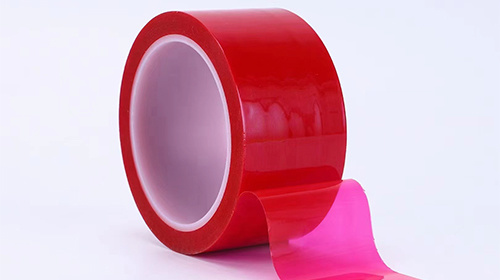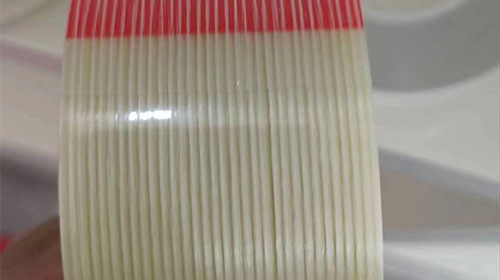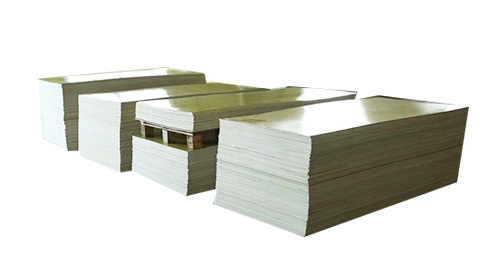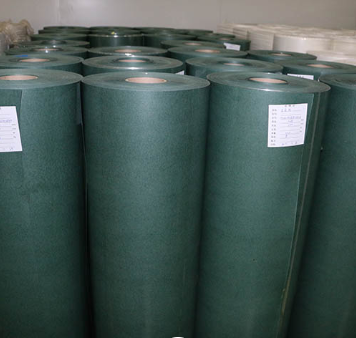How Nomex Paper Enhances Electrical Insulation Performance: The Ultimate Guide
How Nomex Paper Enhances Electrical Insulation Performance
Table of Contents
1. Introduction to Electrical Insulation Materials
2. Overview of Nomex Paper
3. Key Properties of Nomex Paper
3.1 Thermal Stability
3.2 Dielectric Strength
3.3 Mechanical Strength
4. How Nomex Paper Improves Electrical Insulation Performance
4.1 Increased Thermal Resistance
4.2 Enhanced Dielectric Performance
5. Applicat
How Nomex Paper Enhances Electrical Insulation Performance
Table of Contents
1. Introduction to Electrical Insulation Materials
2. Overview of Nomex Paper
3. Key Properties of Nomex Paper
3.1 Thermal Stability
3.2 Dielectric Strength
3.3 Mechanical Strength
4. How Nomex Paper Improves Electrical Insulation Performance
4.1 Increased Thermal Resistance
4.2 Enhanced Dielectric Performance
5. Applications of Nomex Paper in Electrical Insulation
5.1 Motors and Generators
5.2 Transformers
5.3 Cables and Wires
6. Advantages of Using Nomex Paper Over Other Insulation Materials
7. Sustainability and Environmental Considerations
8. Frequently Asked Questions (FAQs)
9. Conclusion
1. Introduction to Electrical Insulation Materials
In the realm of electrical engineering, the efficiency and safety of electrical systems heavily depend on the quality of insulation materials. These materials prevent unwanted electrical flow, safeguard equipment, and ensure the longevity of electrical components. As technology evolves, the demand for superior insulation materials grows, leading to innovations in materials like Nomex paper.
2. Overview of Nomex Paper
Nomex paper is a type of insulating material manufactured by DuPont. It is an aramid paper composed of meta-aramid fibers, renowned for its exceptional thermal resistance and mechanical durability. Originally developed for aerospace applications, Nomex paper has found its way into various industries, particularly in electrical insulation.
3. Key Properties of Nomex Paper
Understanding the unique properties of Nomex paper is fundamental to appreciating its role in enhancing electrical insulation performance.
3.1 Thermal Stability
Nomex paper exhibits remarkable thermal stability, maintaining functionality in high-temperature environments up to 200°C (392°F). This resilience is crucial in preventing breakdowns in electrical systems, particularly in motors and transformers that generate significant heat.
3.2 Dielectric Strength
The dielectric strength of Nomex paper surpasses many conventional insulation materials. With a dielectric strength of approximately 30 kV/mm, it effectively resists electrical breakdown, making it ideal for high-voltage applications where safety is paramount.
3.3 Mechanical Strength
Nomex paper possesses high tensile strength, ensuring durability and longevity. This mechanical robustness allows it to withstand physical stresses often encountered in electrical applications without compromising its insulating capabilities.
4. How Nomex Paper Improves Electrical Insulation Performance
Nomex paper significantly enhances the performance of electrical insulation materials through its unique properties.
4.1 Increased Thermal Resistance
By utilizing Nomex paper, engineers can design electrical components that operate efficiently at higher temperatures. This increased thermal resistance leads to reduced energy losses and prolonged operational life.
4.2 Enhanced Dielectric Performance
The superior dielectric properties of Nomex paper contribute to more effective insulation in electrical systems. Its ability to maintain high dielectric strength under varying temperature conditions ensures consistent performance, reducing the risk of electrical failures.
5. Applications of Nomex Paper in Electrical Insulation
Nomex paper is versatile and finds application in various electrical components across industries.
5.1 Motors and Generators
In electric motors and generators, Nomex paper serves as an essential insulating material that enhances efficiency and reliability. Its thermal and dielectric properties ensure that these machines operate smoothly under varying loads.
5.2 Transformers
Transformers require robust insulation to handle high voltages and temperatures. Nomex paper is widely used in the winding insulation of transformers, ensuring longevity and reducing maintenance costs.
5.3 Cables and Wires
Nomex paper is also employed in the insulation of cables and wires, shielding them from external influences and ensuring safe, reliable power transmission. Its lightweight and flexible nature make it an optimal choice for various wiring applications.
6. Advantages of Using Nomex Paper Over Other Insulation Materials
When comparing Nomex paper to traditional insulation materials, the benefits become evident.
1. **Higher Thermal Resistance**: Nomex paper's ability to resist heat far outstrips that of traditional materials, resulting in increased efficiency.
2. **Superior Dielectric Strength**: The high dielectric strength provides safety in high-voltage environments, reducing the risk of electrical failures.
3. **Mechanical Durability**: Nomex's tensile strength allows it to endure harsh environments, making it a reliable choice for long-term applications.
4. **Lightweight and Versatile**: Its lightweight nature adds to its versatility in various applications, from aerospace to electrical engineering.
7. Sustainability and Environmental Considerations
As industries strive for sustainability, Nomex paper stands out as an environmentally friendly option. Made from renewable resources, its production process is less harmful compared to many synthetic materials. Additionally, Nomex paper is recyclable, contributing to a circular economy.
8. Frequently Asked Questions (FAQs)
What is Nomex paper made of?
Nomex paper is primarily composed of meta-aramid fibers, which are known for their thermal and mechanical stability.
How does Nomex paper compare to traditional insulation materials?
Nomex paper offers superior thermal resistance, dielectric strength, and mechanical durability compared to conventional insulation materials.
In what industries is Nomex paper used?
Nomex paper is commonly used in electrical engineering, aerospace, automotive, and various industrial applications requiring high-performance insulation.
Can Nomex paper withstand extreme temperatures?
Yes, Nomex paper can withstand temperatures up to 200°C (392°F), making it suitable for high-temperature applications.
Is Nomex paper environmentally friendly?
Yes, Nomex paper is made from renewable resources, and its production process is less harmful to the environment compared to synthetic materials.
9. Conclusion
Nomex paper has established itself as a vital component in the realm of electrical insulation. Its unique properties, including thermal stability, high dielectric strength, and mechanical durability, enable it to outperform traditional insulation materials in various applications. As industries continue to seek out reliable and efficient insulation solutions, Nomex paper will undoubtedly play a pivotal role in enhancing electrical performance and safety. Embracing this innovative material not only leads to improved operational efficiency but also supports the movement toward sustainable and environmentally friendly practices within the electrical sector.








